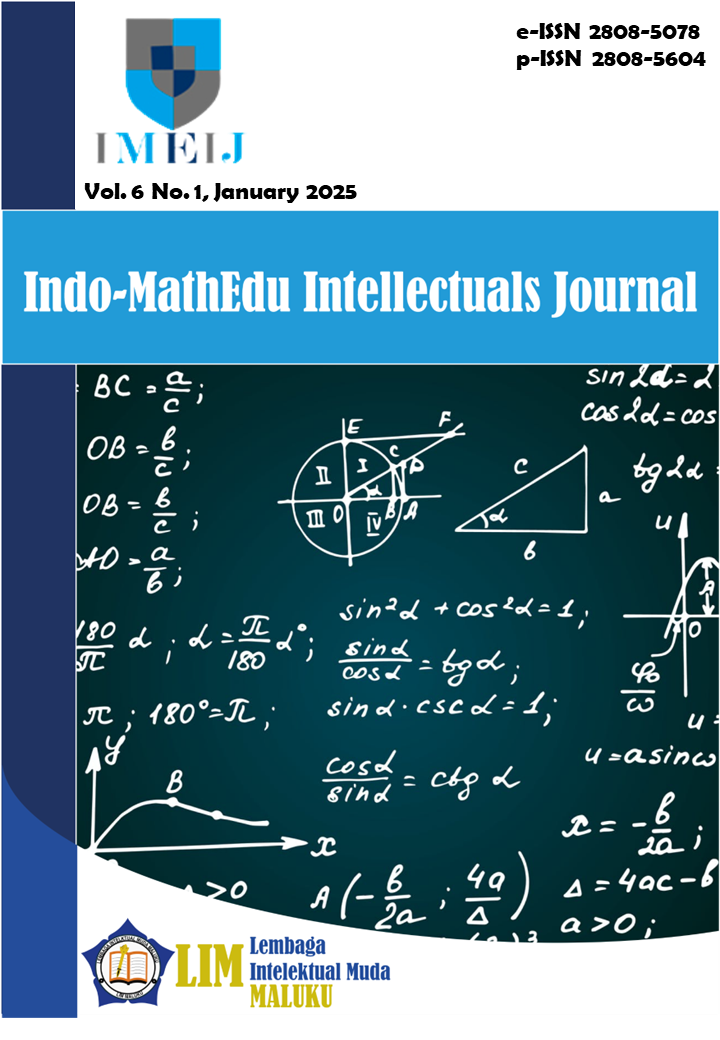Examining The Interrelationship Among Chlorophyll-A Distribution, Sea Surface Temperature Patterns, and Fishing Ground in Southern Java Sea
Main Article Content
Abstract
The Southern Java Sea is vital for sustaining marine ecosystems and fisheries productivity, shaped by dynamic oceanographic processes. This research investigates the relationship between chlorophyll-a distribution, sea surface temperature (SST) patterns, and the spatial dynamics of fishing grounds in the area. Using satellite-based data from Aqua-MODIS and numerical model outputs, chlorophyll-a levels and SST variability were analyzed on 2024. Descriptive statistics and spatial analysis were applied to identify temporal trends and their connection to productive fishing zones. The results indicate a strong correlation between chlorophyll-a distribution and SST patterns, with seasonal changes significantly influencing fishing ground productivity. These findings provide critical insights for advancing sustainable fisheries management and resource planning in the Southern Java Sea. The study emphasizes the need to incorporate oceanographic indicators into fisheries policies to promote ecosystem health and economic resilience.

